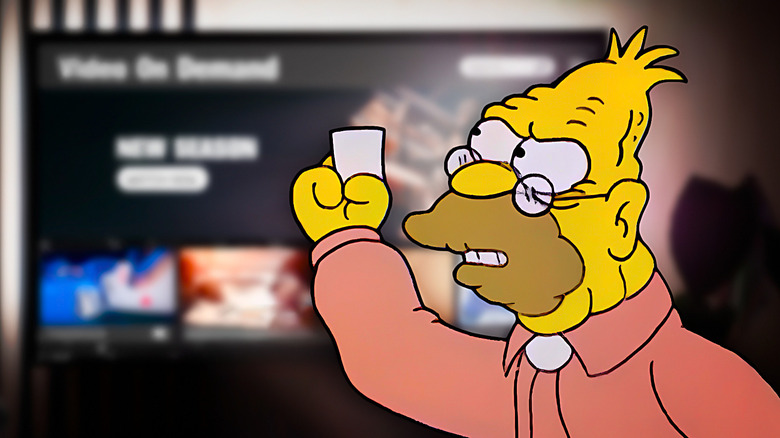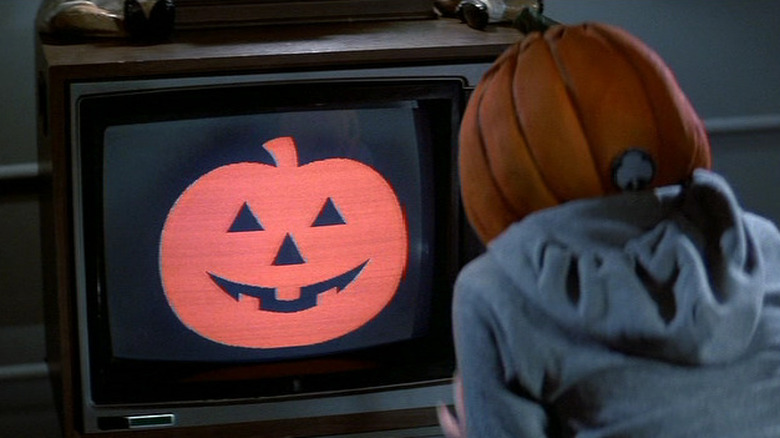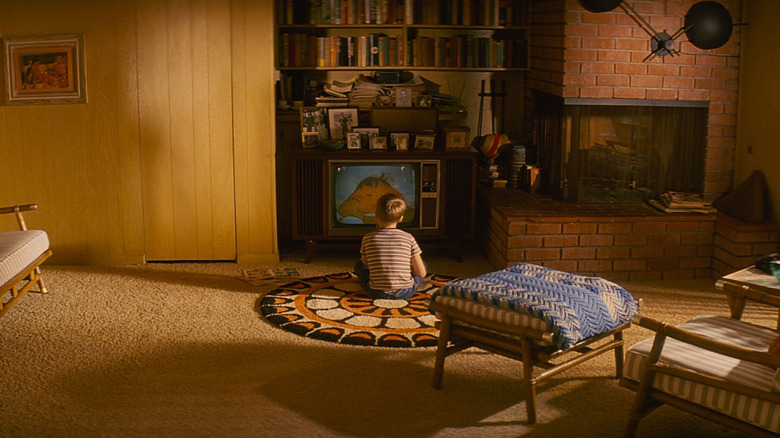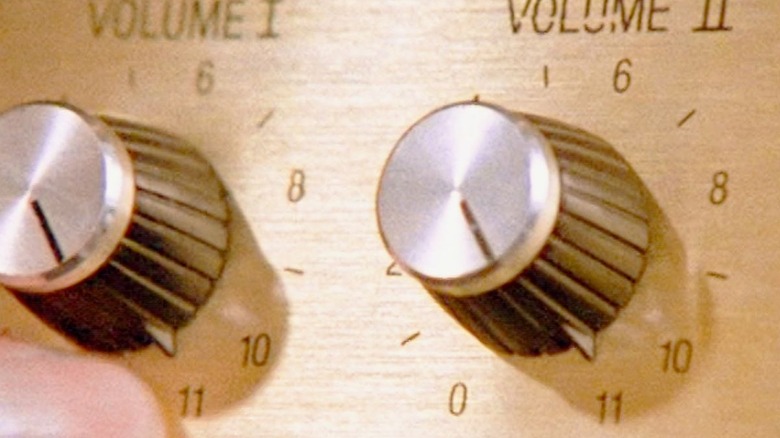Why Are TV Commercials So Dang Loud? It's Not Just You
Whether you're fully engaged with your favorite show and can't wait to see what happens next, or you're dozing off on the couch to reruns of your favorite reality series, there is nothing on this planet quite as frustrating as the obnoxiously loud commercial. Seemingly turned up a dozen decibels to shake viewers into paying attention to whatever product or service is being hawked, these nightmarish assaults on our ears feel like they should be illegal. And they are... kind of. Unfortunately, it's all a bit complicated, and the result is a whole lot of loud commercials.
Sometimes commercials can be great fun, like when major directors decide to tackle a bit of salesmanship or even when a company clearly doesn't understand what sells and makes things really weird (looking at you, the 2024 Paramount+ Super Bowl spot), but it's never fun to be blasted with a much louder volume than you chose to put on your TV, no matter how cool the commercial might be. Despite efforts from the U.S. government to limit the volume of commercials compared to the shows they air alongside, for many audiences, commercials continue to get louder and louder.
Is it legal for commercials to be louder?
There are limitations to how loud television commercials can be in the United States, as the Federal Communications Commission (FCC) put rules in place in 2011 with the Commercial Advertisement Loudness Mitigation Act, or the CALM Act. The act set guidelines for commercial loudness after years of complaints from viewers who were tired of being bombarded with extra-loud commercials, and things got better for a bit. Anyone who remembers pre-2011 network and cable TV commercial volumes can definitely attest that the CALM Act helped.
Unfortunately, the FCC still has its limitations. The biggest one is that it does not cover streaming channels, which is how many Americans get their entertainment nowadays (rather than via network or cable TV). New media like YouTube is also not covered, although the service does have its own limiting software in place that sometimes works, as long as the video you're watching isn't especially quiet. Audiences frustrated with commercials that are too loud on broadcast television can file a complaint with the FCC, but unfortunately, the internet and streaming services are allowed to do just about whatever they want.
Streaming services are the loud commercial wild west
If you're watching TV through Free Ad-Supported Streaming Television (FAST) channels like Prime Video's FreeVee or even paid subscription services with ads, like lower-tier Peacock and Hulu subscriptions, there's really no rules regarding how loud commercials can be. FAST channels and these subscriptions have basically replaced old media like broadcast TV, but they also have many of the same issues with even fewer regulations. The loudness of commercials can really vary from service to service, and even channel to channel. It's really just the wild west of volume.
In addition to commercials being loud purposefully in order to get the audience's attention, there are also sometimes issues with the technological side of things. Sound mixing is a complicated art that helps make a show or movie not only sound good but understandable as well (particularly dialogue), and often the sound mix on commercials is just not up to snuff. (This is especially the case with FAST channels, which frequently feature both low-budget local ads and exceptionally cheap digital ads for related channels or products, their extra-loud audio accompanied by a tinny whine.) While it's all technically legal, it's still extremely annoying. So, what can you do?
Can you stop commercials from being so loud?
Since regulating streaming media the same as broadcast channels would open up a whole new can of worms and we're not likely to see any changes from lawmakers on that front anytime soon, the best thing viewers at home can do is adjust the audio settings on their devices. While that's not the most satisfying solution in the world, it is the one we currently have, and most TV manufacturers and even some digital services have advanced audio settings. The absolute best option is to limit all sounds to a certain loudness range (which is what broadcast has done for some time), and some TVs even offer an "auto volume" option that aims to keep the volume levels the same across channels, streaming services, and even different inputs (like a Blu-ray player or game system).
There is one downside to "auto volume" options, however, in that they can be just as frustrating as something like the notorious motion smoothing technology, which can make beautiful cinema look like a cheap soap opera. The technology is well-intentioned but can sometimes flatten sound in a way that might be a little too much to bear for seasoned audiophiles. For now, it seems like the best bet is to keep the remote close at hand and that finger ready to hit the volume button. (Either that or just ride the volume rollercoaster and hope for the best.)



